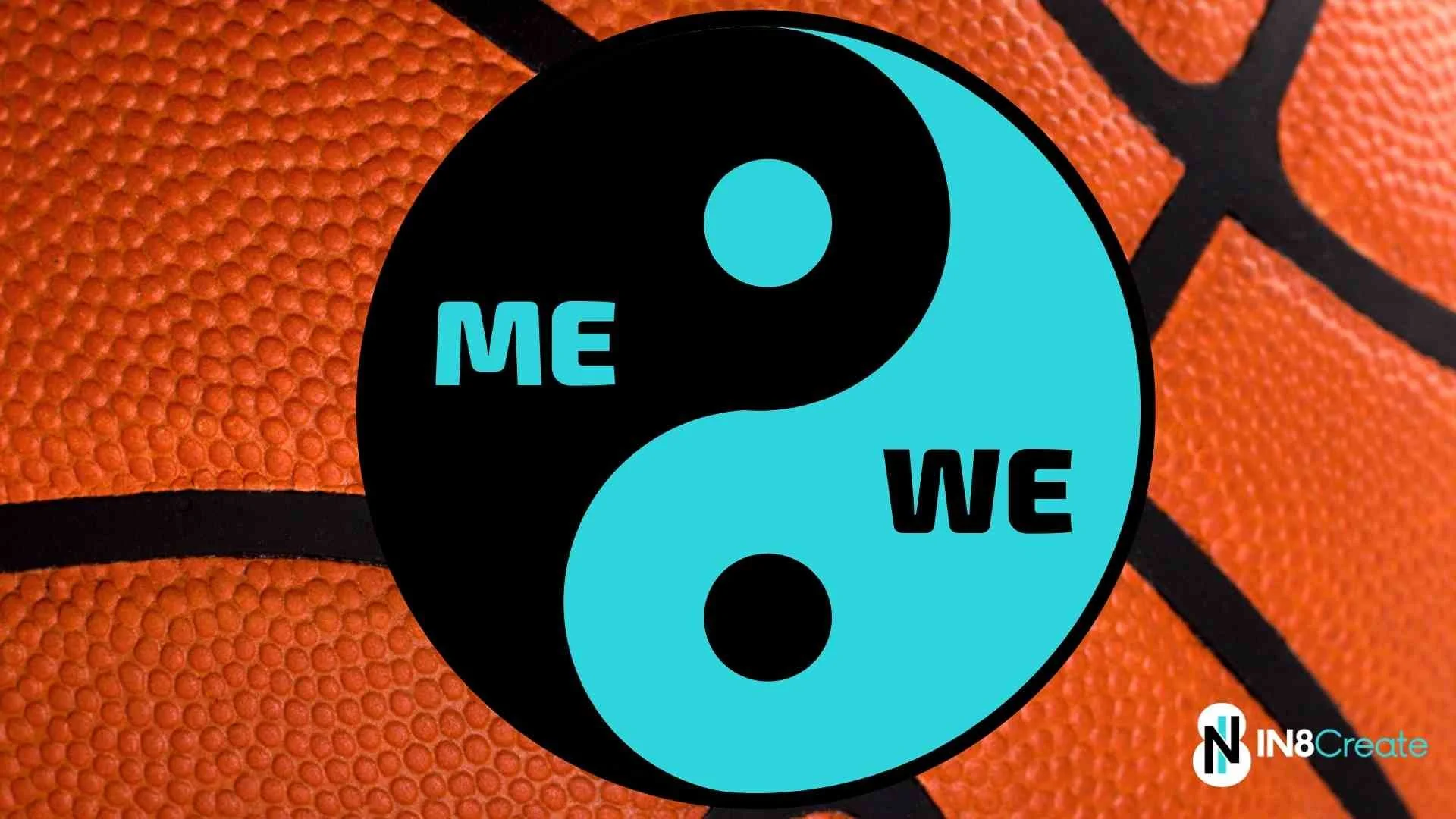Building Resilient, Adaptable Teams That Thrive Through Change
Navigate Uncertainty, Strengthen Bonds, and Transform Challenges into Competitive Advantages
Teams, like resilient flowers, find ways to thrive despite challenging conditions. The strongest organizations aren't those that avoid obstacles, but those that develop the adaptive capacity to grow through uncertainty, change, and constraint. When teams build genuine connections and shared understanding, they create the foundation needed to flourish wherever they're planted—turning limitations into opportunities and pressure into breakthrough performance.
Introduction
In today's rapidly evolving workplace, your team's ability to adapt isn't just an advantage—it's essential for survival. Whether you're navigating digital transformation, managing remote collaboration, or facing unexpected market shifts, the difference between teams that crumble and those that excel comes down to one thing: adaptive resilience.
But here's what most leaders miss: resilience isn't about toughness or pushing through adversity. It's about creating systems, relationships, and mindsets that allow your team to bend without breaking, to evolve without losing their core identity, and to find opportunity in every challenge.
This comprehensive guide explores the six critical dimensions of team adaptability, drawing from real-world experiences and proven strategies to help you build a team that doesn't just survive change—they leverage it for growth.
Table of Contents
- Mastering Team Change Management: From Resistance to Readiness
- Building Resilient Teams: The Foundation of Sustained Performance
- Optimizing Team Performance Under Pressure: When Stakes Are Highest
- Remote Team Adaptation: Beyond Geographic Distance
- Strengthening Team Trust and Relationships: The Invisible Infrastructure
- Developing Team Systems Thinking: Seeing the Bigger Picture
- FAQ
Master blacksmiths know that metal's true potential emerges only under intense heat and pressure. Cold steel resists every effort to reshape it, remaining rigid and brittle. But when heated to the right temperature—glowing red-hot and malleable—even the strongest iron yields to purposeful force, taking on new forms that make it stronger and more useful than before. The experienced smith reads the subtle color changes, feeling for the precise moment when the metal becomes workable without losing its essential strength.
Leading teams through change requires similar mastery. Teams that remain "cold"—isolated, defensive, and stuck in familiar patterns—resist transformation and crack under pressure. But when leaders create the right conditions—psychological safety, shared purpose, and genuine connection—teams become remarkably adaptable. They bend without breaking, reshape themselves around new challenges, and emerge stronger from the process. The art lies in building the foundations needed for change: trust that runs deep enough, communication that flows freely enough, and shared commitment that burns bright enough to forge something extraordinary together.
Mastering Team Change Management: From Resistance to Readiness
Your team's response to change often follows predictable patterns. Some embrace it immediately, others resist reflexively, and many simply freeze in uncertainty. Understanding these patterns—and having strategies to address them—determines whether change becomes your catalyst or your crisis.
The secret to successful change management isn't forcing adoption or overwhelming people with positivity. It's creating psychological safety where team members can express concerns, experiment without fear of failure, and gradually build confidence in new approaches. Teams unite under pressure not because pressure makes them stronger, but because shared challenges create bonds that individual success never could.
Consider implementing "bare bones" approaches where teams can prototype changes before full implementation. This reduces the overwhelming nature of transformation while building buy-in through small wins. When people see their input shaping the change rather than change being imposed upon them, resistance transforms into ownership.
Building Resilient Teams: The Foundation of Sustained Performance
Resilient teams aren't built through motivational speeches or trust falls. They're cultivated through deliberate practices that strengthen both individual capacity and collective support systems. Think of resilience as a muscle that needs regular exercise, not a trait that some teams naturally possess.
The foundations of amazing teamwork reveal that resilience emerges from five interconnected elements: trust, psychological safety, shared purpose, mutual accountability, and systems awareness. When these elements align, teams develop what researchers call "collective efficacy"—the shared belief that together, they can handle whatever comes their way.
Start by creating regular opportunities for controlled challenge and recovery. Just as athletes alternate between intense training and rest, teams need cycles of stretch and support. This might mean tackling ambitious projects followed by reflection periods, or rotating leadership responsibilities to build bench strength across your team.
Optimizing Team Performance Under Pressure: When Stakes Are Highest
Pressure reveals character—both individual and collective. Your team's ability to maintain performance when stakes escalate depends less on their technical skills and more on their emotional regulation, communication patterns, and shared mental models.
High-pressure situations often trigger our worst collaborative instincts. The extroverts dominate, the introverts withdraw, and everyone defaults to protecting their own interests. But teams that excel under pressure have learned to navigate the art of "we vs me", balancing individual excellence with collective success.
Create pressure simulations during low-stakes periods. Practice decision-making under time constraints, establish clear communication protocols for crisis situations, and develop shared language for stress signals. When actual pressure arrives, these practiced patterns become your team's default response rather than panic or paralysis.
Remote Team Adaptation: Beyond Geographic Distance
Remote work isn't just about location—it's about reimagining collaboration itself. The teams that thrive in distributed environments understand that virtual meetings don't have to be horrible when you design for engagement rather than defaulting to digital replicas of in-person practices.
Successful remote adaptation requires intentional relationship building, asynchronous collaboration skills, and new forms of informal interaction. The water cooler conversations, spontaneous brainstorms, and casual check-ins that happened naturally in offices now need deliberate design.
Consider implementing "collaboration hours" where team members work on video together without formal agenda, creating space for the organic interactions that build trust and spark innovation. Balance synchronous meetings with asynchronous deep work, recognizing that constant availability often masks declining productivity.
Strengthening Team Trust and Relationships: The Invisible Infrastructure
Trust isn't built in team-building exercises or declared in mission statements. Team trust is built in moments most people miss—the small interactions, kept promises, and vulnerable admissions that accumulate over time into unshakeable bonds.
Your team's relationship quality directly impacts their adaptive capacity. Teams with strong interpersonal connections share information more freely, take greater risks together, and recover faster from setbacks. They've moved beyond transactional cooperation to genuine collaboration.
Focus on creating "psychological safety nets" where team members can express uncertainty, admit mistakes, and ask for help without fear of judgment. This might mean instituting "failure parties" to celebrate learning from mistakes, or "vulnerability rounds" where leaders model openness about their own challenges and growth areas.
Developing Team Systems Thinking: Seeing the Bigger Picture
Most teams operate with tunnel vision, focused on their immediate tasks without understanding how they connect to and impact the broader organization. Teams and systems thinking transforms this limited perspective into strategic advantage.
Systems-thinking teams recognize that every action creates ripples, every decision has downstream effects, and seemingly unrelated changes can cascade into their domain. They anticipate rather than react, seeing patterns where others see isolated incidents.
Develop this capability by regularly mapping your team's connections to other departments, tracking how external changes might impact your work, and practicing "what if" scenarios that explore potential futures. When your team understands the system they operate within, they can influence it rather than being buffeted by forces they don't comprehend.
FAQ
How long does it take to build team resilience?
Building genuine resilience is an ongoing process, not a destination. You'll see initial improvements within 4-6 weeks of consistent practice, with significant shifts typically emerging after 3-4 months. The key is consistency—regular small actions compound into transformative change.
What's the biggest mistake leaders make when trying to build adaptable teams?
Focusing solely on individual resilience while ignoring team dynamics. You might have resilient individuals who still create a fragile team if they lack trust, shared purpose, or effective communication patterns. Always address both individual and collective dimensions.
How do you maintain team cohesion during major organizational changes?
Increase communication frequency while decreasing meeting length. Share information transparently even when you don't have all the answers. Create stability through consistent team rituals even as everything else changes. Most importantly, acknowledge the difficulty rather than forcing positivity.
Can you build resilience in a team that's already burned out?
Yes, but it requires a different approach. Start with recovery and restoration rather than adding new challenges. Focus on removing friction and obstacles before introducing growth opportunities. Think rehabilitation before training.
What's the relationship between psychological safety and team adaptability?
They're directly proportional. Teams with high psychological safety experiment more, learn faster from failures, and adapt more quickly to change. Without psychological safety, teams become rigid and defensive when facing uncertainty.
How do you balance stability and change in team development?
Maintain stable core values and relationships while varying practices and processes. Think of it as keeping your foundation solid while renovating the structure. Teams need both anchors and sails—something to keep them grounded and something to help them move forward.

























Is your team ready for change? Look for these signs:
Trust that runs deep enough for people to be vulnerable about their struggles
Communication that flows freely without political filtering or fear
Shared commitment that burns bright enough to sustain effort through difficulty
Without these foundational elements, your change efforts will feel like hammering cold steel—lots of noise, little progress, and potential damage.